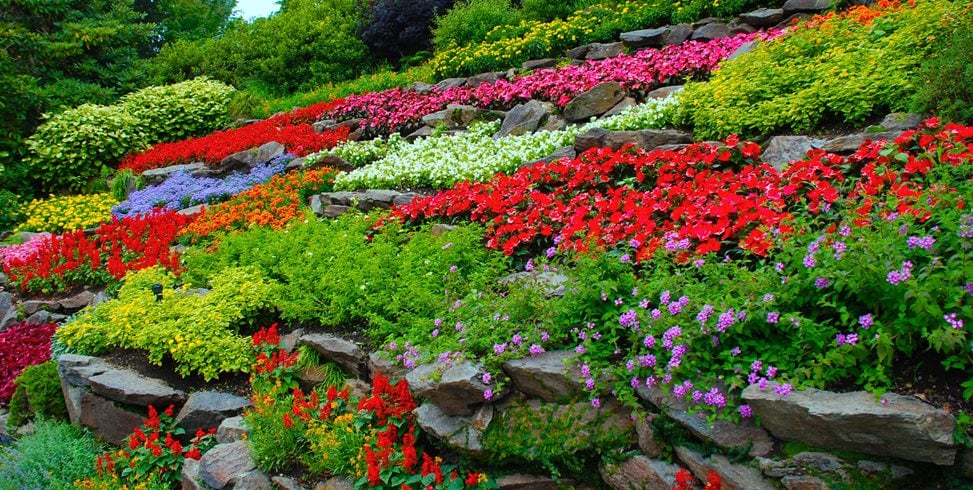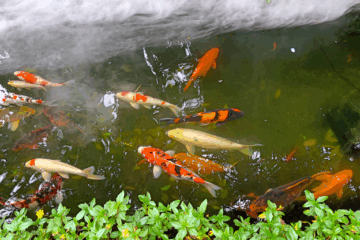
A nursery planter is more than just a container for your plants. It’s a microcosm of life, an embodiment of nurturing nature, providing the perfect conditions for your seedlings to germinate, grow, and thrive. Understanding how to use a nursery planter effectively is both an art and a science, requiring a delicate balance of knowledge, skill, and intuition.
The Art of Choosing the Right Nursery Planter
Size Matters
The size of your nursery planter is crucial. It directly affects your plant’s root development, which in turn impacts its overall growth and health. While smaller pots might be more manageable and space-efficient, they might restrict root growth. On the other hand, overly large pots can cause overwatering issues as the soil may retain more water than the plant can use.
Key Points:
- Seedlings: Opt for small nursery planters, about 2-3 inches in diameter.
- Transplants: Choose larger pots, generally 6-12 inches, depending on the plant type.
Material Considerations
Nursery planters come in a variety of materials such as plastic, ceramic, terracotta, and fabric. Each material has its unique benefits and drawbacks. Plastic is lightweight and retains moisture well, while terracotta is porous, allowing for better soil aeration but quick drying. Your choice depends on the plant species, the climate, and your maintenance routine.
Key Points:
- Plastic pots: Ideal for moisture-loving plants.
- Terracotta pots: Great for plants that prefer well-drained soil.
The Science Behind Using a Nursery Planter
Soil Composition
The ideal soil composition for your nursery planter will depend on the plant species you’re nurturing. Most plants thrive in a mix that combines topsoil, compost, and perlite or vermiculite for better drainage.
Key Points:
- Topsoil: Provides essential nutrients.
- Compost: Enhances soil fertility and structure.
- Perlite/Vermiculite: Improves aeration and drainage.
Watering Techniques
Overwatering is a common mistake when using nursery planters. However, watering should be consistent and sufficient without causing waterlogging. Always check the moisture level of the soil before watering.
Key Points:
- Water in the morning: Helps prevent fungal diseases.
- Bottom watering: Encourages healthy root growth.
Cultivating Creativity: The Aesthetic Aspect of Nursery Planters
Beyond function, a nursery planter can also serve as a canvas for creativity. The aesthetic design can range from traditional to contemporary, rustic to polished, or simple to ornate. From hand-painted designs to geometric patterns, the possibilities are endless.
Key Points:
- Color: Can be used to highlight specific plants or create a color scheme.
- Design: Can transform the look of your space.
- Placement: A well-placed nursery planter can be a stunning focal point.
Balancing Art and Science
Nurturing nature with a nursery planter is a delicate interplay of art and science. It demands an understanding of horticulture, an eye for aesthetics, and a dedication to consistent care. By keeping these elements in mind, you can transform a simple nursery planter into a lush, vibrant oasis of life.
Remember, a nursery planter is not merely a home for your plants but a testament to your ability to cultivate and nurture nature. Embrace the art and science of it, and you will not only create a beautiful garden but also contribute to the sustainability of our planet.
5 Important Benefits of Keeping Koi Pond Warm
May 31, 2025How to Read a Custom Home Portfolio Like A Pro Designer
April 13, 2025
Comments are closed.
-
How to Delay Aging Naturally: 6 Best Methods To Try
November 3, 2022 -
Ways To Improve LOGO DOORMATS
April 28, 2023





